Morocco
Increasing temperatures, rising sea levels and ocean acidification amplify extremes of climate change.
Finding a solution to minimise the impact on coastal areas has become a priority.
As part of our series “Road to Cop 22” we’re in Moroccan city of Agadir to find out more about the Blue Belt initiative.”
The Blue Belt initiative stemmed from the Blue Growth concept, launched by the UN’s Food and Agriculture Organisation in 2013.
It aims to encourage sustainable fishing, from seas and lakes to consumers’ plates, to allow marine resources to renew themselves.
Better fishing practices lead to less food waste.
“Morocco’s vessel monitoring system (VMS), available on all Moroccan boats, is a good management tool. We can follow their units, knowing exactly the distance their ship, its exact location, the time it leaves port and when it returns,” Abdelkarim Foutat, Moroccan Association of Shipowners.
The Blue Belt initiative aims to better observe the Atlantic Ocean and Mediterranean Sea. The marine navigation buoy is one of the tools used by the National Institute of Fisheries Research off the south coast of Morocco.
“Our ambition is to enhance, improve and implement a coastal marine observation system. In Morocco we began by installing an oceanographic and meteorological buoy off Dakhla. We aim to install a network in the northwest African region with our partner countries,” Abdelmalek Faraj, General Director, Moroccan National Institute of Fisheries Research (INRH).
Finally, the Blue Belt initiative is about cultivating a sustainable aquaculture to help limit overfishing.
“Our goal is to develop and strengthen aquaculture. It has a very significant potential, the fisheries sector’s fastest growth in recent years. However, our goal is sustainable development. So we want to encourage the development of seaweed farming and that’s why in Morocco we have several experimental projects you can see here today such as with macro algae,” Abdelmalek Faraj added.
The seas and oceans cover two thirds of our planet. Its environment is perhaps fragile but it’s rich in unexploited opportunities.




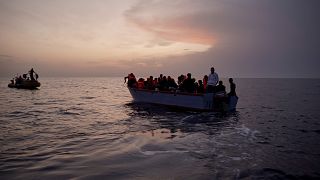
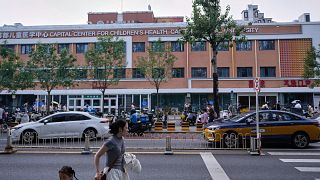
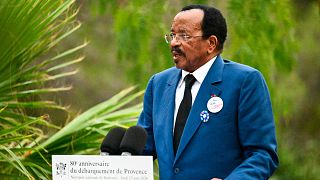
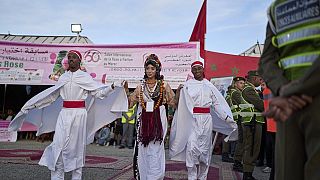
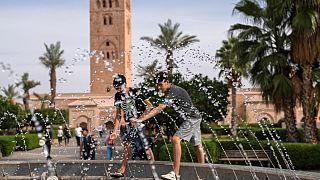
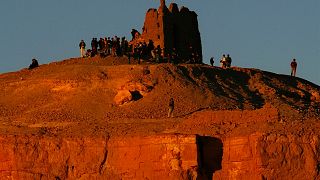


02:38
Natural harmony of Uganda's 'Ghost Island' under threat from international tourism
02:05
In Zimbabwe, metal scrap collecting is reducing environmental pollution
02:22
Cameroonian marine conservationists trained as scientific divers
Go to video
Moroccan museums open doors for free to inspire youth pride and cultural connection
Go to video
Women redefine Gnaoua at Essaouira Festival
01:15
Morocco says 2024 was the hottest year with temperatures reaching 47.7 degrees